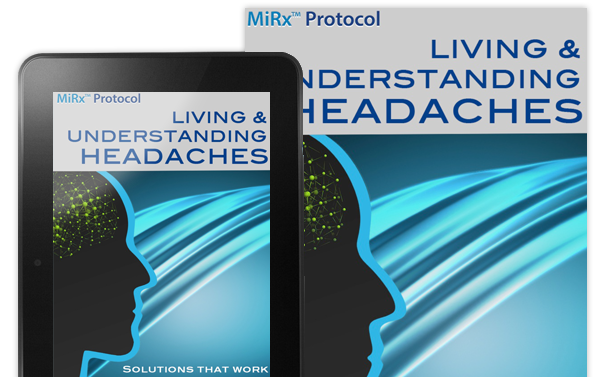The dangers of Triptans: Are they a long-term solution?

A common concern of those on any kind of headache or migraine drug therapy is side effects. Of course, anyone with intense and chronic head pain will do just about anything to relieve it. However, no one wants to make the problem worse or experience additional health issues as a result of headache or migraine prescriptions.
Triptans are used to treat both cluster headaches and migraines. They are typically not given out initially. Rather, they are prescribed when less powerful forms of medication – such as ibuprofen or paracetamol – don't curb symptoms(1). Let's look at how triptans work and why they might be dangerous over an extended period of time.
Triptans as Migraine Drug Therapy
Triptans performs by simulating natural chemical behaviors within the brain. This class of drugs is also called "5HT1 agonists" because of the way they interact with certain neurological receptors. Triptans have the capacity to stimulate the same receptors as serotonin, also called 5-HT. Since one of the functions of serotonin is to cause narrowing of blood vessels, triptans can achieve vascular constriction as well.
In migraines, blood vessels constrict before the migraine and then dilate at the beginning of the actual attack. Triptans are used as migraine prescriptions in order to bring the expansion of the blood vessels back to normal size.
Triptans & More Headaches
The basic problem with triptans is that they can cause medication-induced headaches (2). In other words, more migraines and more cluster headaches can arise from using the medication. Sadly, increase in the frequency and severity of headaches as a result of migraine prescriptions and other drugs is incredibly common around the world. As much as 5% of some populations suffer from medication-overuse headaches (MOH) (3).
Essentially, the potential downside of triptans is described by this 5-step process:
1.) The patient starts taking triptans.
2.) Withdrawal occurs as the medication starts to subside.
3.) Medication is increased.
4.) The body gradually develops more and more resistance to the drug.
5.) The brain's natural pain-reduction mechanisms can start to weaken.
The common question people have about potential negative consequences of triptan drug therapy is, "What's the alternative?" That's the basic question that was asked by the scientists at MiRx Protocol™ as well. The result of their study was an innovative new headache therapy that's taken as a nasal spray. MiRx Protocol™ is providing long-term relief for a growing number of Americans. Call a provider today to learn more: Provider Map.
Sources:
(1) http://www.patient.co.uk/health/triptans
(2) http://www.dailymail.co.uk/health/article-1366311/The-migraine-wonder-pill-actually-GIVES-headaches.html
(3) http://www.who.int/mediacentre/factsheets/fs277/en/



